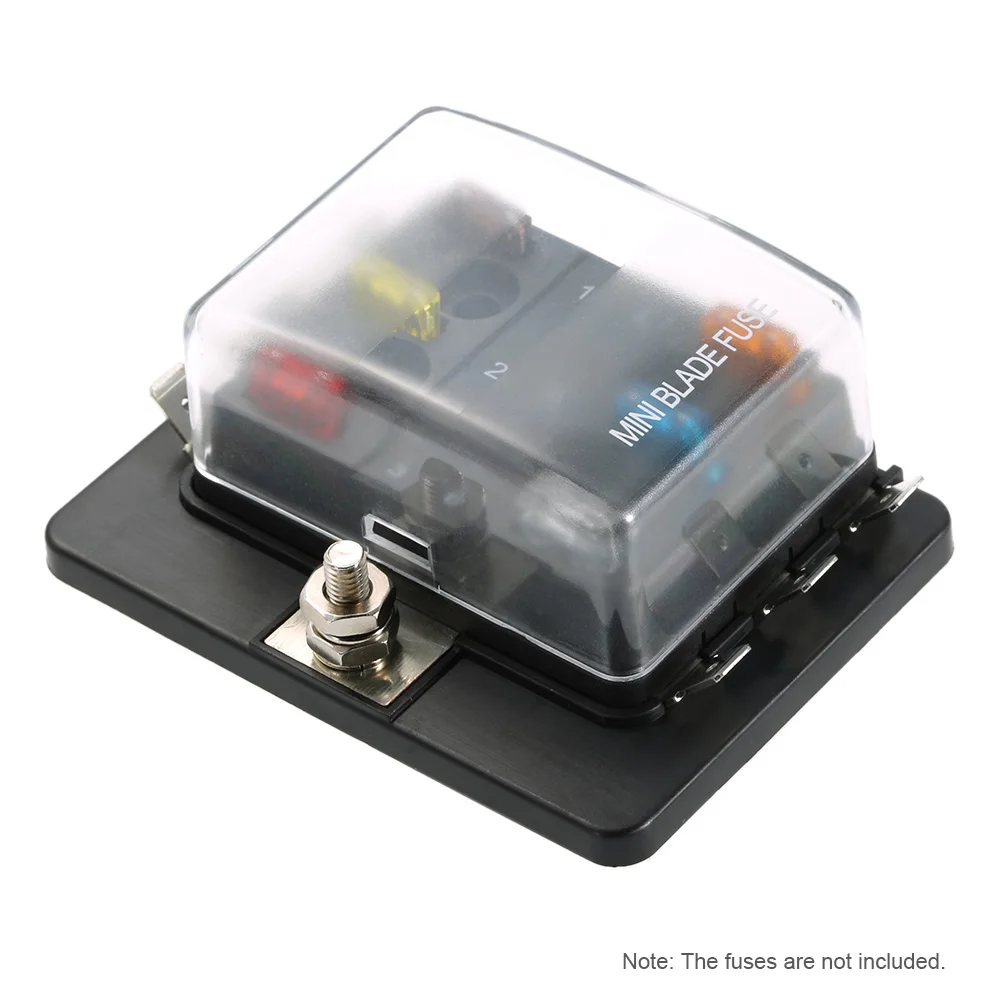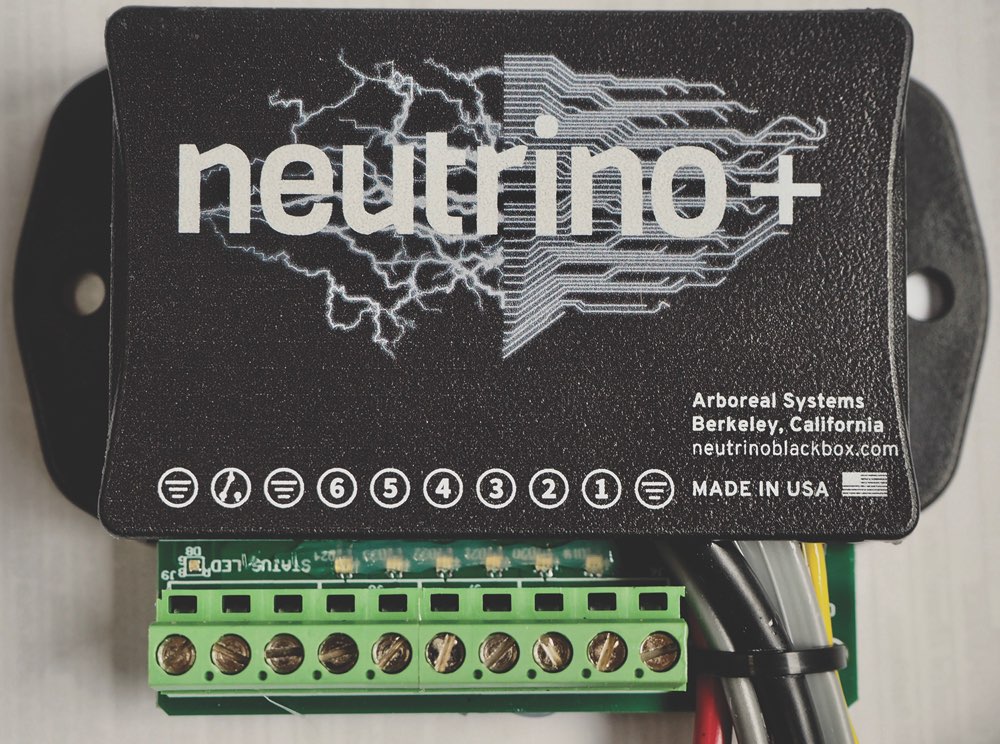So I've begrudgingly come to the conclusion that I need to install an auxiliary fuse block on my '17 650 in order to tame the wiring jungle under my seat. The obvious, and clearly most popular, choice is the Eastern Beaver PC-8. But I'm wondering about possible alternatives...for a couple of reasons:
1. The PC-8 is a little bit on the expensive side.
2. The PC-8 has to come from Japan. The accessory power adapter I ordered from EB recently took a 2+ weeks to get to me (I'm impatient).
So I'd like to get some input on possible alternatives. There seem to be quite a few options out there. Here are just a couple:
Show Chrome 13-311
Fuzeblock FZ-1
Various DIY options
I'm wondering if anyone has any experience with these, or other, PC-8 alternatives. Are they worth considering, or should I just bite the bullet and order the PC-8?
TIA for any helpful advice.
1. The PC-8 is a little bit on the expensive side.
2. The PC-8 has to come from Japan. The accessory power adapter I ordered from EB recently took a 2+ weeks to get to me (I'm impatient).
So I'd like to get some input on possible alternatives. There seem to be quite a few options out there. Here are just a couple:
Show Chrome 13-311
Fuzeblock FZ-1
Various DIY options
I'm wondering if anyone has any experience with these, or other, PC-8 alternatives. Are they worth considering, or should I just bite the bullet and order the PC-8?
TIA for any helpful advice.









